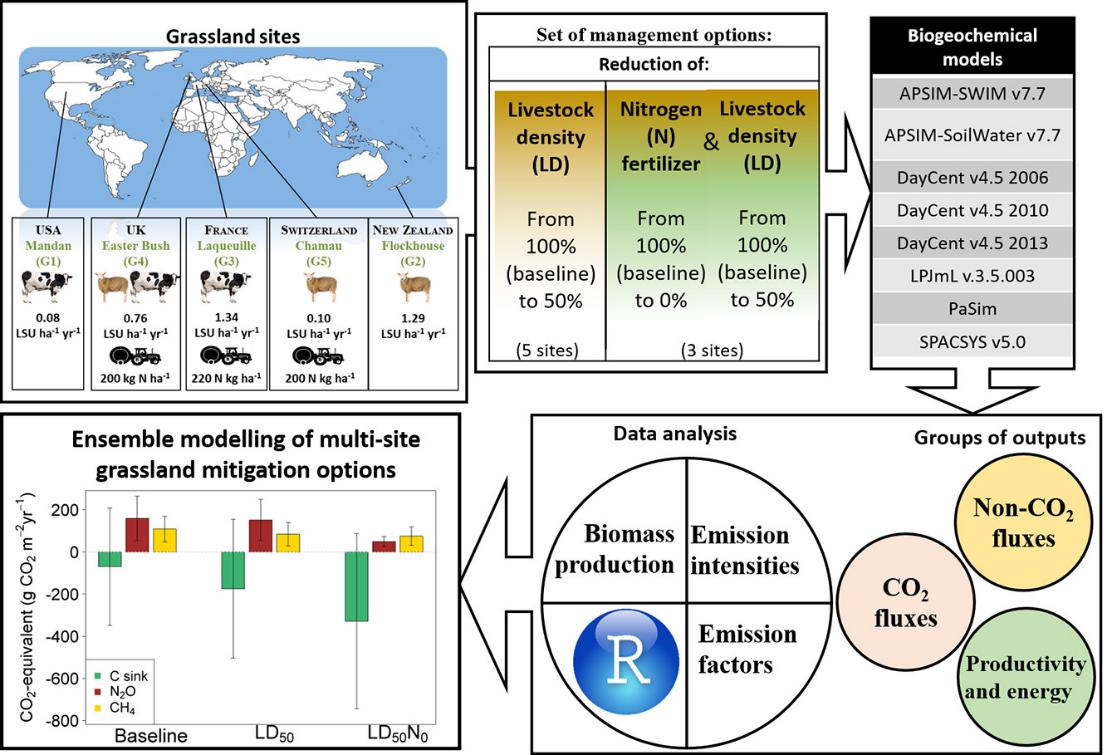

The predicted ammonium-N pool empties several weeks after fertilisation, which was not observed, indicating that the processes of mineralisation and nitrification in APSIM require improvements. APSIM configured with different combinations of soil water and temperature modules predicted nitrate dynamics well, but poorly predicted ammonium-N dynamics. Predictions of soil temperature were better for SoilTemp than the default module. Two soil temperature modules were also evaluated. Our results highlight the need for testing the modules using data that includes wetting and drying cycles.

SWIM3 tended to overestimate soil evaporation immediately after rainfall events, and SoilWat provided better predictions of evaporation. Within the APSIM framework, two soil water modules (SoilWat and SWIM3) were used to predict soil evaporation and soil moisture content. Here, we present a dataset (collected in a two-month fallow period) and list potential issues related to use of the APSIM model in predicting fluxes of soil water, heat, nitrogen (N) and carbon (C). Combining measurements and modelling together help assess the consequences of these interactions, identify knowledge gaps and improve understanding of these processes.
.jpg)
Process-based models capture our understanding of key processes that interact to determine productivity and environmental outcomes.


 0 kommentar(er)
0 kommentar(er)
